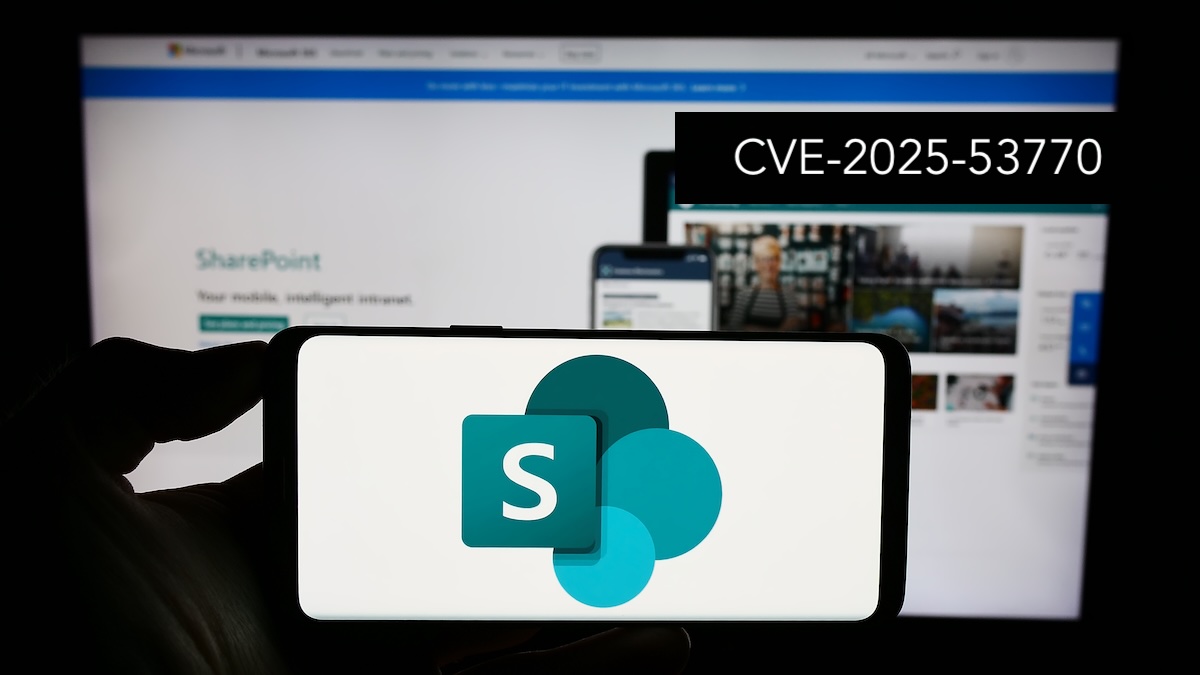Python is one of the most widely used programming languages. While it is a high-level programming language, it offers flexibility and liberty to structure your codebase the way you want.
However, like all other programming languages, Python isn’t immune to security threats. No matter how good you’re with your coding and developing skills, there’s always a possibility of a security vulnerability that could be exploited to steal sensitive data from the application.
In order to protect your applications from real-world security threats, you need to follow some easy-to-apply practices while writing the code. And this article is all about those practices.
Top 8 Python Security Best Practices To Secure Your Application
To ensure that your Python-based application is secure before reaching the production stage— we’ve curated a list of top 8 best practices that can help you build a powerful yet secure Python application.
Always Use the Latest Version of Python
Using the updated version of Python ensures that your software can work without opening doors for attackers. This is primarily because the latest version might come with fixes for bugs or security issues that were the in the previous version or have some new features. Also, if you’re working on a project that involves multiple people, it is essential that you all use the same version for convenience and effective collaboration.
However, it’s important to note that Python versions are not fully compatible with each other— some differences won’t allow you to run code written on Python 2 with Python 3. This may raise several issues for developers, as it requires them to write or modify a lot of code to move to the latest version of Python.
If you want to check the version of Python that you’re currently using, run the given code on your local machine to check:
Python --version.
Use a Virtual Environment
When using Python to build an application, it’s always suggested to use a virtual environment as it will help prevent any conflicts in Python modules and will also have the same modules on local and production environments.
A Python Virtual Environment is a directory having a specified structure. It consists of a subdirectory called bin_subdirectory, connected to a Python interpreter and other subdirectories that hold software installed within the virtual environment.
Using a virtual environment helps prevent malicious Python dependencies in your projects and shipping it to the production by using ‘pip freeze’ to generate requirements.txt. So if you’ve some malicious packages in your Python environments, using a virtual environment will prevent having the same malicious packages in your Python codebase since it’s isolated.
Scan the Code
Developers have a wide variety of static code analysis tools to maintain Python security. Here’s a sneak peek at the three different levels of tools-
Review Your Dependency Licenses
When you use open source projects, it’s crucial to know how it is licensed. Open-source projects are free and available to use; however, sometimes, there are a few terms and conditions applied. These terms can be around how to use the software, whether you can make changes to it or not, etc. You need to be familiar with the open-source licenses necessary to use the projects so that you don’t get involved in anything that can be termed illegal.
Tools like Scantist can help you with open-source license compliance management. It provides a developer-friendly way to have end-to-end visibility while providing flexible governance.
Import packages safely
When you work on external or internal Python modules, you need to make sure that you’re importing them in the right way and using the right paths. In Python, there are two types of paths— absolute and relative.
Absolute path: It depicts how to access a given file or directory, starting from the root of the file system.
Relative path: It depicts the location of a directory relative to the entry point where the Python script runs.

Now the relative imports are of two types— implicit and explicit.
Implicit imports don’t define the resource path relative to the current module but, on the other hand, Explicit imports define the exact path of the module you’re importing relative to the current module.
However, Implicit import has been removed from Python 3. This is because if the module specified is found in the system path, it will be imported and could lead to security issues.
The reason being that there are chances that a malicious module with the same name gets in a popular library and finds its way to the system path. And if the malicious module is found before the original module, it could be used to exploit application that has it in their dependency tree.
In order to prevent such situations, it’s crucial to either use absolute or explicit relative imports. This would guarantee that you import the original module and not the malicious one.

Let Users See Only What They Need
Throughout the entire trial-and-error process, much debugging information gets generated, which can be harmful to the production cycle. This is why it is crucial to separate the development cycle from the production cycle to prevent vital debugging details from getting into the wrong hands.
String Formatting in Python
Python comes with one of the most flexible and powerful string formatting methods; however, if you’re not careful while using it, you may end up opening up a security vulnerability in the codebase.
Python 3 introduced f-strings and str.format() as a flexible way to format strings, which is also powerful. But this can open up data exploitation methods when dealing with user inputs.
Now, if an application based on Python allows users to control the format string, they can be misused for leaking data.
Here’s an example of an exploit code:

This allows sensitive global data from a CONFIG dictionary to be accessed via the argument.
However, a built-in string module in Python can be used to prevent this— the Template class from the string module.

This string module is good for handling inputs and the generated data.
Practice Segmentation
When you use virtual environment, you just not improve your security but you also organize your development environment. For example, think of an operating system with no folder structure— all the files, text, images, videos put together in one folder with just different file names. It will not just be challenging to find the right file but also it will increase the chances of name duplication.
Similarly, if you’re not using a virtual environment, you might not be able to segment your packages and they will be spread throughout your system in an unorganized wayn. You won’t be able to figure out which library is used where, or what project may get affected when you remove or modify something. All this chaos can result in serious security issues.
Now using a virtual environment for your project will help your organize everything. However, while setting up your virtual environment, you need to ensure that all the packages needed for the project are available and isolated from other projects on your system. This will help you prevent collisions and conflicts between the libraries.
Ensure Your Python Security with Scantist
Python is an easy-to-use, flexible, and clean programming language and this is why it’s widely used in a variety of fields like machine learning, artificial intelligence, web development, and more.
However, it is also prone to security issues. The good news is, by following some security practices, the threats can be prevented.
While it can be tedious to figure-out how to secure your application after production, you can follow the above-mentioned practices from the beginning of development to ensure there are almost no vulnerabilities to exploit.




